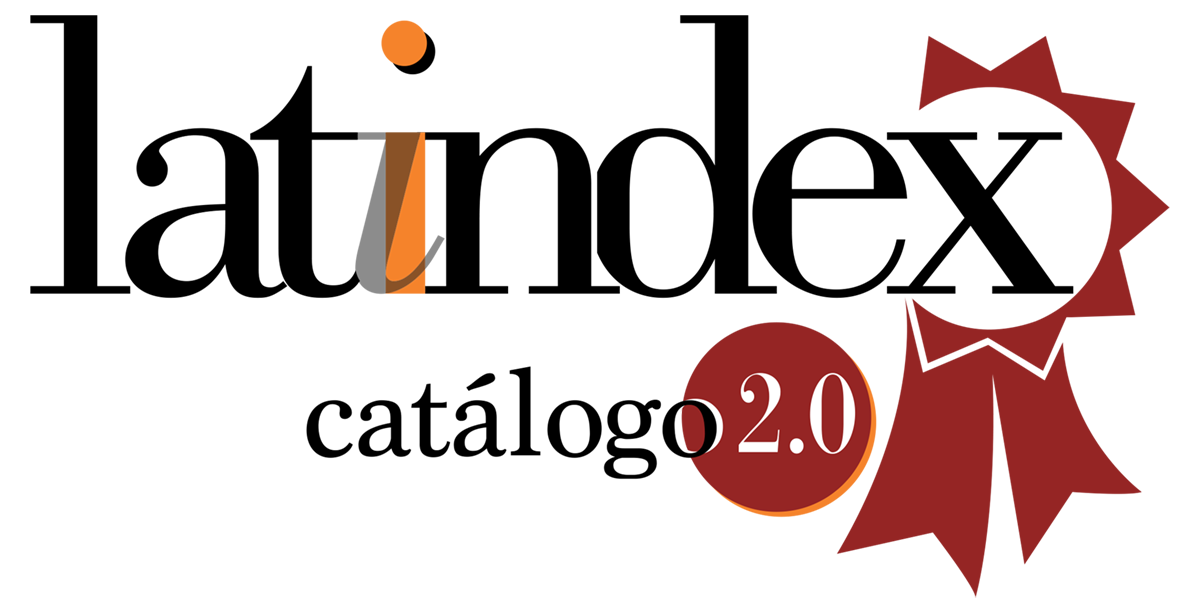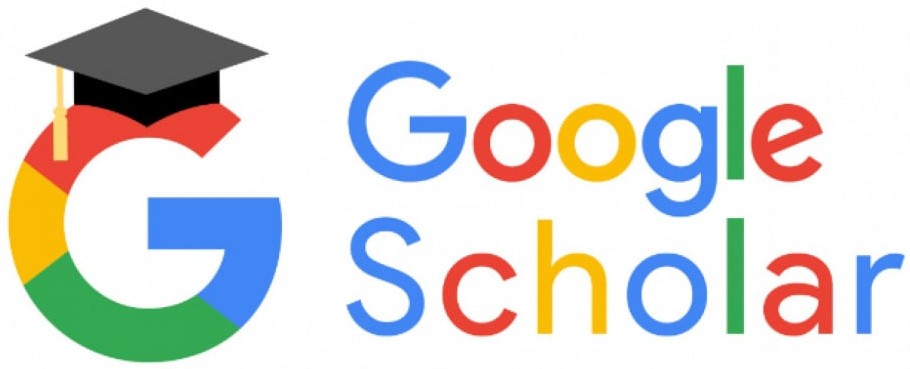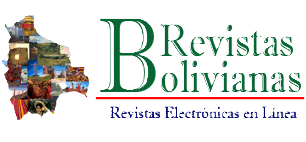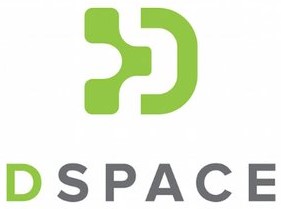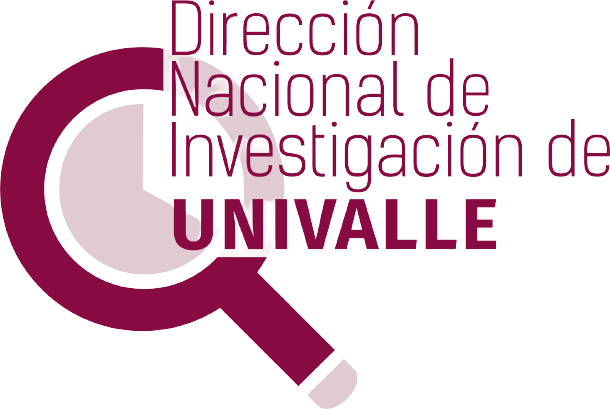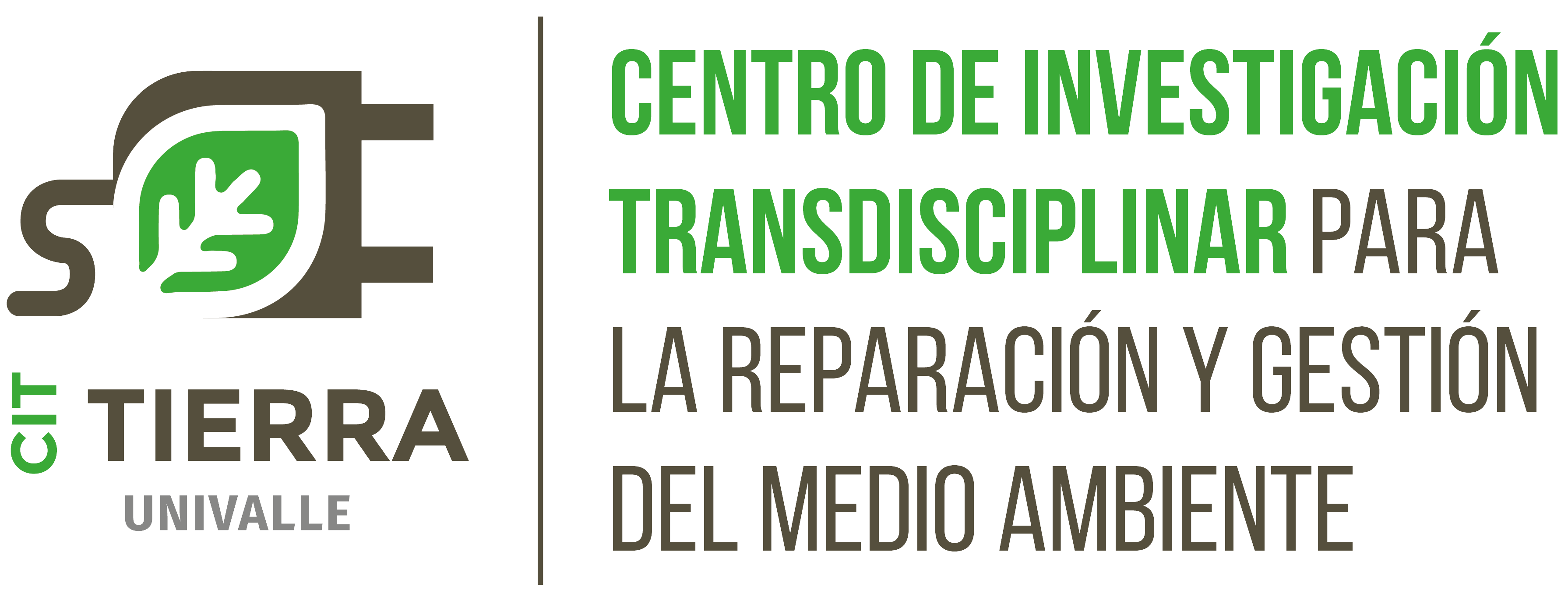Plataforma en la nube para la clasificación de objetos utilizando inteligencia artificial
DOI:
https://doi.org/10.52428/20758944.v18i53.253Palabras clave:
Inteligencia Artificial, Plataforma en la nube, Ciencias de la computaciónResumen
La Inteligencia Artificial (IA) es una de las áreas que más interés atrae en el ámbito de las Ciencias de la Computación, tanto desde el punto de vista científico-académico como del de sus múltiples aplicaciones en distintos sectores de actividad. A lo largo de la historia de la Inteligencia Artificial han surgido desarrollos y aplicaciones que la han convertido en un área de conocimiento consolidada e interés económico y social. Sin embargo, durante los últimos años, la IA ha experimentado un desarrollo excepcional, motivado por la aparición de tecnologías que han supuesto un gran avance en la disciplina y por la disponibilidad de recursos en hardware que han hecho viable su aplicación en distintos dominios.
El interés de la sociedad en la Inteligencia Artificial ha crecido de forma proporcional a este desarrollo tecnológico. Prueba de ello es que gobiernos y administraciones en todos los niveles del Estado en diferentes países alrededor del mundo han promovido multitud de programas para financiar actividades de investigación, desarrollo e innovación en IA. Además, son muchas las empresas que han decidido llevar a cabo inversiones en IA para aplicar esta tecnología en distintos puntos de su cadena de valor.
Aunque no existe una definición oficial y única de la Inteligencia Artificial todas ellas concuerdan en señalar que se trata de un campo de las Ciencias de la Computación que persigue desarrollar sistemas informáticos que exhiban características intelectuales similares a los humanos tales como la capacidad de razonar, aprender, generalizar, solucionar problemas, percibir y utilizar lenguaje natural, en resumen “imitar a los humanos”
Este articulo está centrado en explicar el desarrollo de una plataforma en la nube para la clasificación de objetos utilizando Inteligencia Artificial, su principal aplicación será la de incrementar el conocimiento referente a este campo y coadyuvar en diferentes soluciones que se puedan plantear durante el uso de esta.
Descargas
Citas
Arriola, I. (2018). Detección de objetos basada en Deep Learning y aplicada a vehículos autónomos. https://addi.ehu.es/handle/10810/28983?show=full
CEPAL. (2019, September 3). Cumbre de Inteligencia Artificial en América Latina. Comisión Económica Para América Latina y El Caribe. https://www.cepal.org/es/notas/cumbre-inteligencia-artificial-america-latina
Clavo, D. (2017, July 13). Clasificación de redes neuronales artificiales. https://www.diegocalvo.es/clasificacion-de-redes-neuronales-artificiales/
Enciclopedia de visión artificial de aprendizaje profundo. (2021, October 10). VGG, GoogLeNet. https://wikidocs-net.translate.goog/137251?_x_tr_sl=auto&_x_tr_tl=es&_x_tr_hl=es&_x_tr_pto=wapp
García Villanueva, M., & Romero Muñoz, L. (2020). Diseño de una arquitectura de Red Neuronal Convolucional para la clasificación de objetos. Ciencia Nicolaita.
Iglesias, E., Garcia, A., Puig, P., & Benzaqué, I. (2020). Inteligencia artificial: Gran oportunidad del siglo XXI: Documento de reflexión y propuesta de actuación. https://publications.iadb.org/publications/spanish/document/Inteligencia-artificial-Gran-oportunidad-del-siglo-XXI-Documento-de-reflexion-y-propuesta-de-actuacion.pdf
Kriesel, D. (2007). A brief Introduction on Neural Networks (Citeseer, Ed.). https://citeseerx.ist.psu.edu/viewdoc/download?doi=10.1.1.135.6774&rep=rep1&type=pdf
Liu, L., Ouyang, W., Wang, X., Fieguth, P., Chen, J., Liu, X., & Pietikäinen, M. (2020). Deep Learning for Generic Object Detection: A Survey. International Journal of Computer Vision, 128(2), 261–318. https://doi.org/10.1007/S11263-019-01247-4/FIGURES/21 DOI: https://doi.org/10.1007/s11263-019-01247-4
Manzanares González, A. (2018). Detector de baches con Deep Learning. Universidad Pompeu Fabra.
Nielsen, M. (2019, December). Neural networks and deep learning. http://neuralnetworksanddeeplearning.com/about.html
Oracle. (2022). Inteligencia Artificial, Machine Learning, Deep Learning: una historia de muñecas rusas. https://www.oracle.com/es/database/cloud/algoritmos-machine-learning.html
Rawat, W., & Wang, Z. (2017). Deep Convolutional Neural Networks for Image Classification: A Comprehensive Review. Neural Computation, 29(9), 2352–2449. https://doi.org/10.1162/NECO_A_00990 DOI: https://doi.org/10.1162/neco_a_00990
TensorFlow. (2022, October 18). TensorFlow Datasets. 2022. https://www.tensorflow.org/datasets/catalog/cats_vs_dogs?hl=en
UNIVERSIDADE DA CORUÑA, UNIVERSIDADE DE SANTIAGO DE COMPOSTELA, & UNIVERSIDADE DE VIGO. (2021). MÁSTER UNIVERSITARIO EN INTELIGENCIA ARTIFICIAL / MASTER IN ARTIFICIAL INTELLIGENCE. https://www.uvigo.gal/sites/uvigo.gal/files/contents/paragraph-file/2021-09/MemoriaVerificacionMIA_SUG.pdf

Publicado
Cómo citar
Número
Sección
Licencia
Derechos de autor 2022 Mauricio Peredo, Edgar Ramos

Esta obra está bajo una licencia internacional Creative Commons Atribución 4.0.
Los autores/as que publiquen en esta revista aceptan las siguientes condiciones:
- Los autores/as conservan los derechos de autor y ceden a la revista el derecho de la primera publicación, con el trabajo registrado con la licencia de atribución de Creative Commons 4.0, que permite a terceros utilizar lo publicado siempre que mencionen la autoría del trabajo y a la primera publicación en esta revista.
- Los autores/as pueden realizar otros acuerdos contractuales independientes y adicionales para la distribución no exclusiva de la versión del artículo publicado en esta revista (p. ej., incluirlo en un repositorio institucional o publicarlo en un libro) siempre que indiquen claramente que el trabajo se publicó por primera vez en esta revista.
- Se permite y recomienda a los autores/as a compartir su trabajo en línea (por ejemplo: en repositorios institucionales o páginas web personales) antes y durante el proceso de envío del manuscrito, ya que puede conducir a intercambios productivos, a una mayor y más rápida citación del trabajo publicado.





